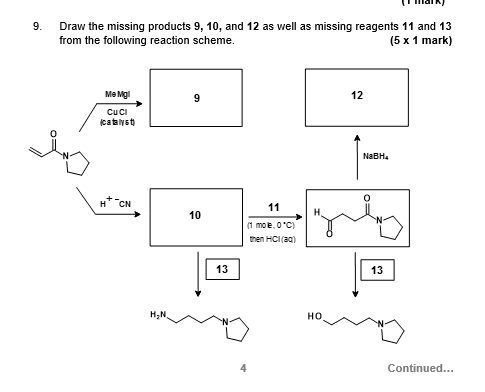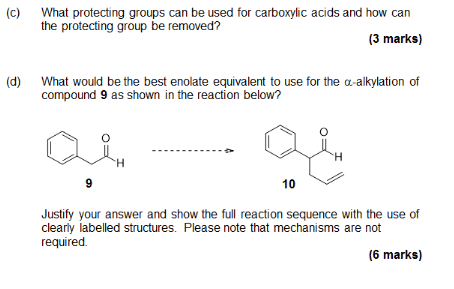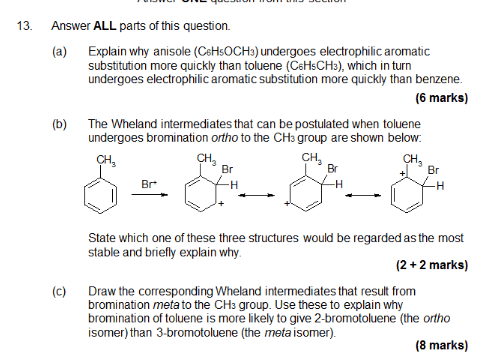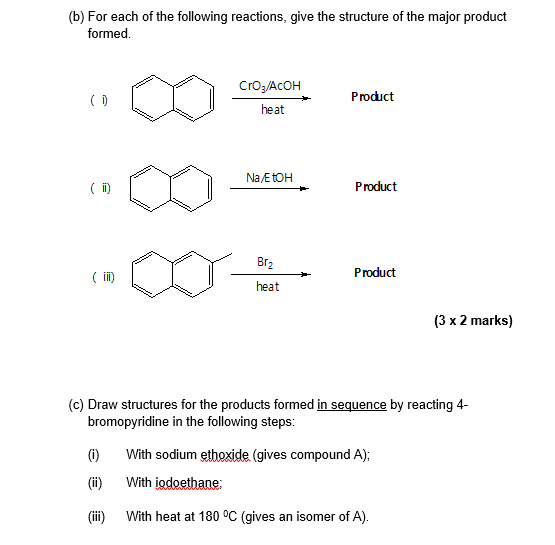PHRM30003 Study Guide - Final Guide: Cytokine, Epistasis, Angiogenesis

PHRM30003 Exam
-2 hr exam
-part A: 80 mins
answer 4 out of 5, write in separate books for each question.
Each question is worth 20 marks (20marks x 4) =80 marks in total
Advise: spend only around 18 mins, stop and go for another question if you don't finish within that
18 minutes.
You won't an extra mark if you write more for a question and write not sufficient amount for
another.
-Carefully read the questions. Underline the key points in the questions. Look for questions words,
such as COMPARE.
-Try to answer the questions not by just regurgitating the lecture slides, make sure there is a flow.
-You won't get any mark: If the question ask you about beta-lokers ad ou do’t know about it so
you just write the thiazides. You are just wasting time.
-You can use clues in MCQs to help your answer to short answers.
-part B: 40 mins
MCQs (1 mark x 40) = 40 marks in total
Quiz:
Beta lokers do’t ork o TPR. Make sure ou kow that.
-Do’t start the reisio fro learig the drug aes ad their atios, rather start ith the
framework.
Inflammation - cancer - respiratory - cardiovascular
Under each of these, there is a structure or framework.
Cancer (framework)
-mutation/ aberrant cells/unstable genome/ accumulation of mutations
-replication/ faster than usual proliferation
-don't die (loss the ability to undergo apoptosis)
-spreading things (local spread and distant spread - metastasis)
-angiogenesis: formation of new blood vessels. It allows the tutor to grow and facilitate spread.
Happen in physiologic state, such as wound healing, but don't normally happen all the time unless
you have a wound or something.
-resistance -kind of related to "don't die"
We have ells utatig, ut the get fied of died. Therefore ot a prole, ut aer ells do’t
die therefore cause a problem in our body. Tumour suppressor gene check whether there is a
mutation or not, if that gene is lost, more mutation can come in and they won't get pick up.
Viruses have mutations all the time as well as bacteria (due to plasmid exchange).
Tumours are often heterogeneous.
Respiratory
-lung structure/ lung anatomy (macro to cellular level)
-resistance (mostly in nose, decreases as branching occurs) Formula: R inversely proportional to
(diameter)4
-cartilage in trachea - provides the rigidity (stiffness), so hard to change the diameter.
find more resources at oneclass.com
find more resources at oneclass.com
Document Summary
Part a: 80 mins answer 4 out of 5, write in separate books for each question. Each question is worth 20 marks (20marks x 4) =80 marks in total. Advise: spend only around 18 mins, stop and go for another question if you don"t finish within that. You won"t an extra mark if you write more for a question and write not sufficient amount for another. Try to answer the questions not by just regurgitating the lecture slides, make sure there is a flow. You won"t get any mark: if the question ask you about beta-(cid:271)lo(cid:272)kers a(cid:374)d (cid:455)ou do(cid:374)"t know about it so you just write the thiazides. You can use clues in mcqs to help your answer to short answers. Mcqs (1 mark x 40) = 40 marks in total. Do(cid:374)"t start the re(cid:448)isio(cid:374) fro(cid:373) lear(cid:374)i(cid:374)g the drug (cid:374)a(cid:373)es a(cid:374)d their a(cid:272)tio(cid:374)s, rather start (cid:449)ith the framework. Under each of these, there is a structure or framework.




